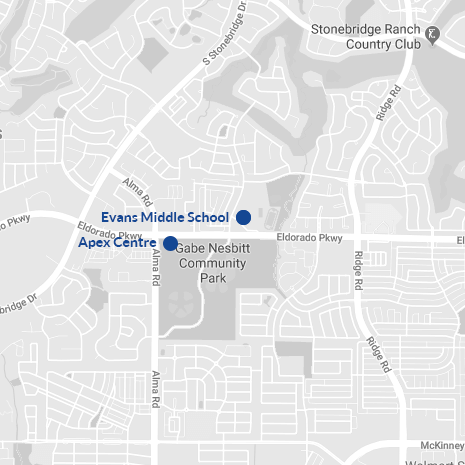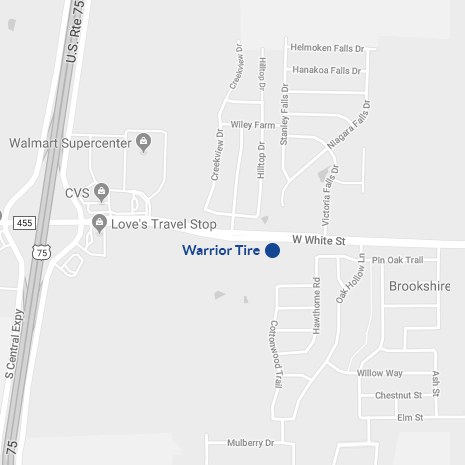The profession of orthodontics is pushing for a more evidence-based approach to treating patients, which means more emphasis is being given to research that answers common orthodontic questions such as:
- What are the advantages and disadvantages of early phase-one treatment?
- What are the advantages and disadvantages of expanding my jaw and/or teeth?
- How long should I wear my retainer?
We have included some research publications that address these questions. Although the profession is making large strides toward understanding the hidden truths of orthodontic treatment, there is still much that remains unknown.
Regardless, our hope is that we can provide you with the best evidence and scientifically supported information out there to improve your ability to make better treatment decisions.
If you have specific questions, feel free to ask at any time!
What are the advantages and disadvantages of early phase 1 treatment?
Advantage:
- Preserving space for permanent teeth can resolve mild crowding and allow for a more natural eruption of these teeth. (1)
- You may feel like your top teeth stick out. If they stick out a considerable amount in front of your bottom teeth, they may chip or fracture during rough-housing or other activity common among children. Early treatment can reduce the potential for this dental trauma. (2)
Disadvantage:
- Early treatment is not the same as comprehensive treatment. If an early phase of treatment is undertaken, a later, more comprehensive phase (when all or most of the permanent teeth have come in) is commonly needed to enhance the appearance of and way the teeth fit together. Two phases are often more expensive and will require a greater time commitment than just one phase. In specific cases, the results obtained through just one comprehensive phase as opposed to an early and a later phase may be similar. (3)
What are the advantages and disadvantages of expanding my jaw and/or teeth?
Advantage:
-
Expansion is a common term in orthodontics. It is a technique used to help change the position of teeth and jawbones. Sometimes teeth and jaw bones deviate from normal development patterns. This can interfere with biting and/or it can lead to crowding and a “narrow” smile. Expansion can provide needed space to resolve certain degrees of crowding, improve your bite, as well as “broaden” your smile. (4)
Disadvantage:
-
You know how expansion can widen your smile? Well, too much can have a negative effect on your appearance (this is subjective, though). This may not be the only adverse side effect. Expansion moves teeth toward the edge of your jawbones. There is a great deal of individual variability, but the closer your teeth get to the edge of the bone, especially at older ages, the higher you may be at risk for experiencing irreversible damage to teeth, bones, and gums.
How long should I wear my retainer?
Moving teeth and bones in any way alters their equilibrium. This means there is an imbalance. For example, your gums, tongue, cheek, and lips all push on your teeth. They never stop, not even after you’ve had braces.
Since your face continues to change throughout life, no matter how slowly, your teeth will feel those changes and may succumb to a physiologic process of adaptation. Essentially, your teeth move to a different position to reestablish balance.
Basically, your best bet for straight teeth in the long-term is with long-term retainer wear. (5) With this in mind, the idea that you may need to purchase new replacement retainers at some point due to normal wear and tear, breakage, and/or lost retainers may appear more reasonable.
References:
-
Effects of lingual arch used as space maintainer on mandibular arch dimension: A systematic review, American Journal of Orthodontics & Dentofacial Orthopedics. Volume 138, Issue 4, Pages 382.e1-382.e4, October 2010 Azzurra Viglianisil.
-
Early orthodontic treatment for Class II malocclusion reduces the chance of incisal trauma. Results of a Cochrane systematic review, American Journal of Orthodontics and Dentofacial Orthopedics, Volume 148, Issue 1, Pages 47–59, July 2015 Badri Thiruvenkatachari, et al.
-
Tulloch JF, Proffit WR, Phillips C: Outcomes in a 2-phase randomized clinical trial of early class II treatment. American Journal of Orthodontics and Dentofacial Orthopedics, 125(6): 657-667, June 2004.Volume 135, Issue 5, Pages 573-579, May 2009 Kevin O’Brien, et al.
-
Rapid Maxillary Expansion Followed by Fixed Appliances: A Long-term Evaluation of Changes in Arch Dimensions, The Angle Orthodontist, Volume 73, Issue 4, Pages 344-353, August 2003 James A. McNamara, et al.
-
An evaluation of changes in mandibular anterior alignment from 10 to 20 years postretention, American Journal of Orthodontics & Dentofacial Orthopedics, Volume 93, Issue 5, Pages 423-428, May 1988 Robert M. Little, et al.





